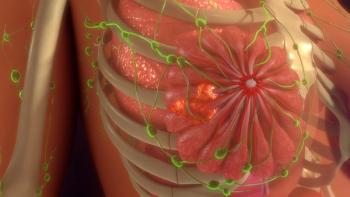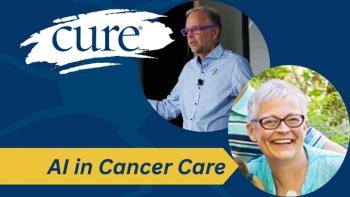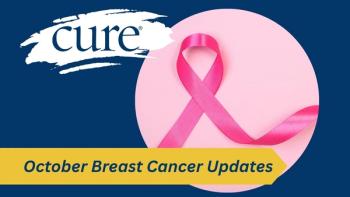
- Fall 2015
- Volume 14
- Issue 4
In Approach to Breast Cancer, Consider More Than Screening Guidelines
House Call with Len Lichtenfeld, the deputy chief medical officer of the American Cancer Society.
Len Lichtenfeld, MD, is deputy chief medical officer of the American Cancer Society. Send House Call questions to [email protected].
CURE: There has been a lot of debate about the recent changes to the American Cancer Society’s guidelines for mammography screening for breast cancer. What are your thoughts on this issue?
Lichtenfeld: The attention to mammography as a result of the American Cancer Society’s newly updated breast cancer screening guidelines for women at average risk has left me reflecting on a longheld concern about how we approach breast cancer awareness, detection and treatment in this country. In particular, reducing the burden of breast cancer must be about more than just mammograms. As important as they are in saving lives, they are but one piece of a much larger puzzle.
There is so much more we could do to make the pieces come together. Think about what we could accomplish if we were to effectively and passionately approach breast cancer as a truly coordinated nationwide effort:
- We would help women understand their individual risk of getting breast cancer in the first place. And when the situation dictated, we would have potentially high-risk women seen by professionals well-versed in understanding genetic diseases, who would order the appropriate tests. We would counsel women at high risk of breast cancer about their options for risk reduction with more sophisticated and frequent screening, as well as offering options to reduce their risk.
- We would make quality mammography available to everyone, especially women in need. We would make mammograms available at locations and hours convenient for women, including those with no mammography offices in their neighborhoods. We would help women understand the benefits and limitations of mammograms, and help them determine the right course for them personally regarding early detection, in part buttressing those discussions with information and understanding of their personal risk and core beliefs about early detection.
- We would get women with suspicious or proven findings on a physical examination or screening mammogram followed up promptly, using the most appropriate test. And if breast cancer was found, we would use navigators to help get them to and through their treatment. After initial treatment, we would help answer women’s questions and make certain they continued to get appropriate health care.
Those are just a handful of my thoughts on what we could do better when it comes to our understanding and approach to breast cancer. We also need to realize that breast cancer is about more than pink ribbons and mammograms. It’s about empowering women to be the drivers of the discussion and offering them the greatest chance for outcomes that are best for them.
So let’s make the discussion about breast cancer more inclusive — inclusive of the women we serve and the care we offer. Let’s make certain all the pieces of the puzzle are put into place. Only then will we be able to say we truly are doing everything we can to diminish the impact of breast cancer for everyone throughout our great nation
Articles in this issue
almost 10 years ago
Avoiding the Panic Button: Recovering After Canceralmost 10 years ago
Silver Linings: Some Treatments for Comorbidities May Help Prevent Canceralmost 10 years ago
Mass Lawsuits Claim Roundup Weed Killer Causes Cancer, Other Health Issuesalmost 10 years ago
Online Tool Helps Patients Find Fertility Experts Prior to Cancer Treatmentalmost 10 years ago
Speaking Out: Some Cancer Screenings Can Lead to Unnecessary Treatment




